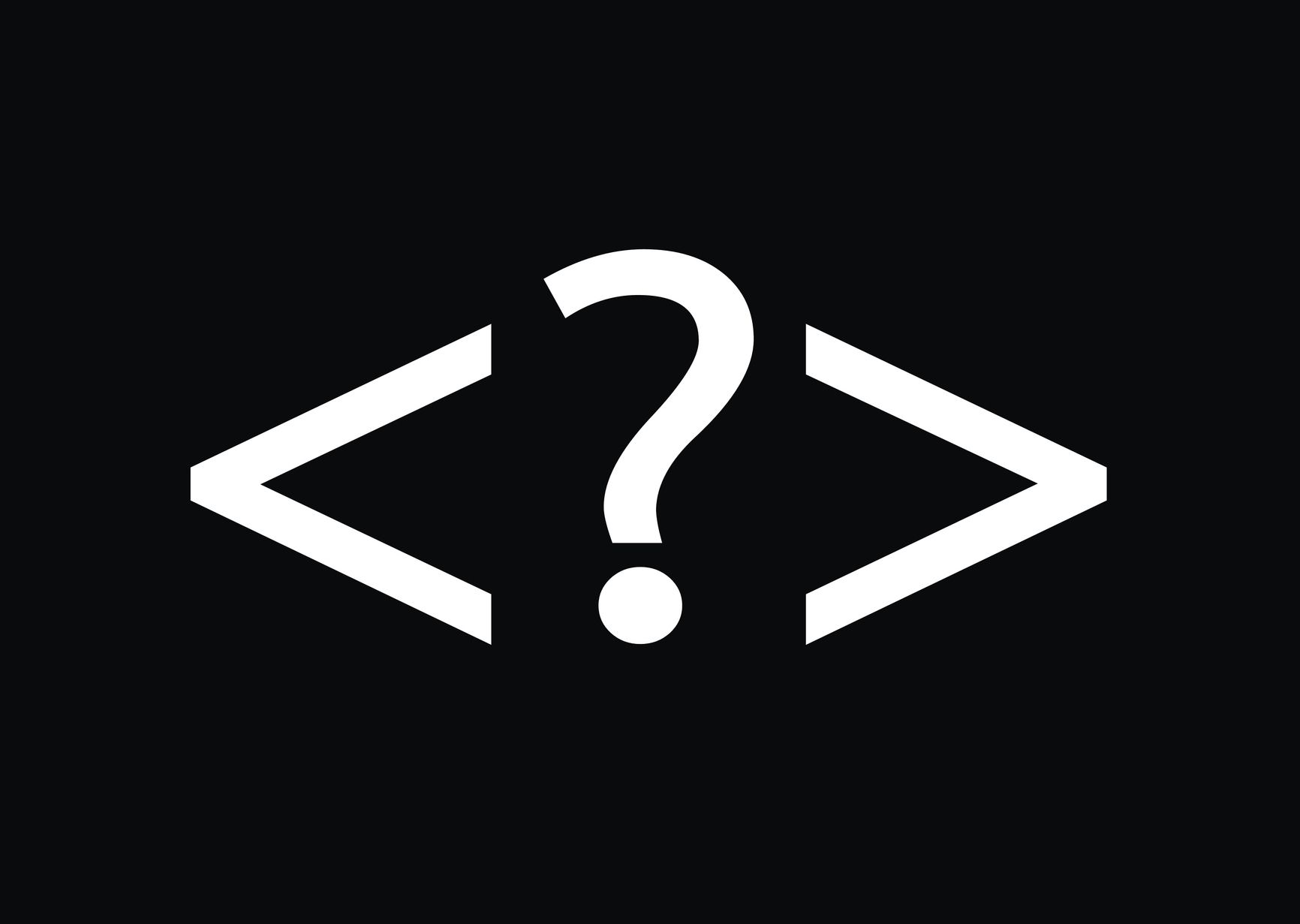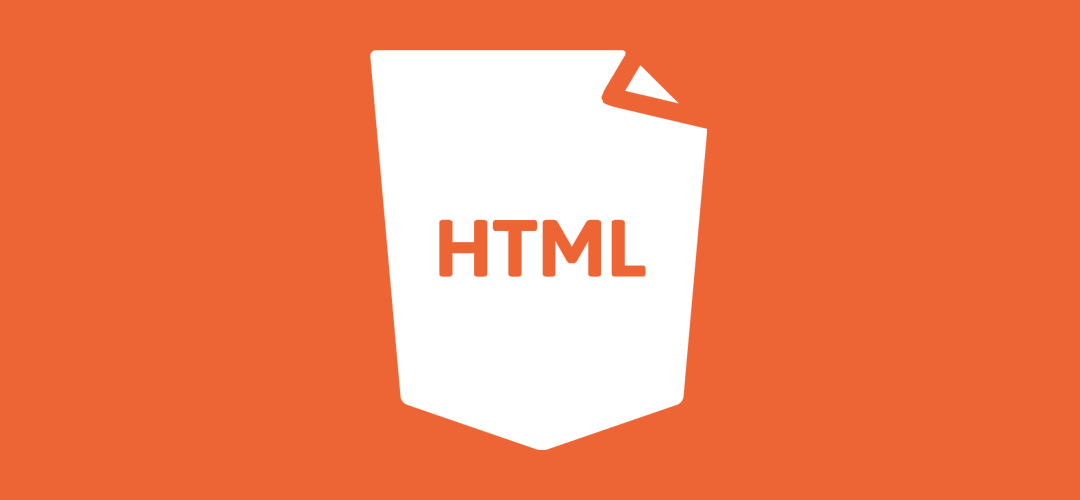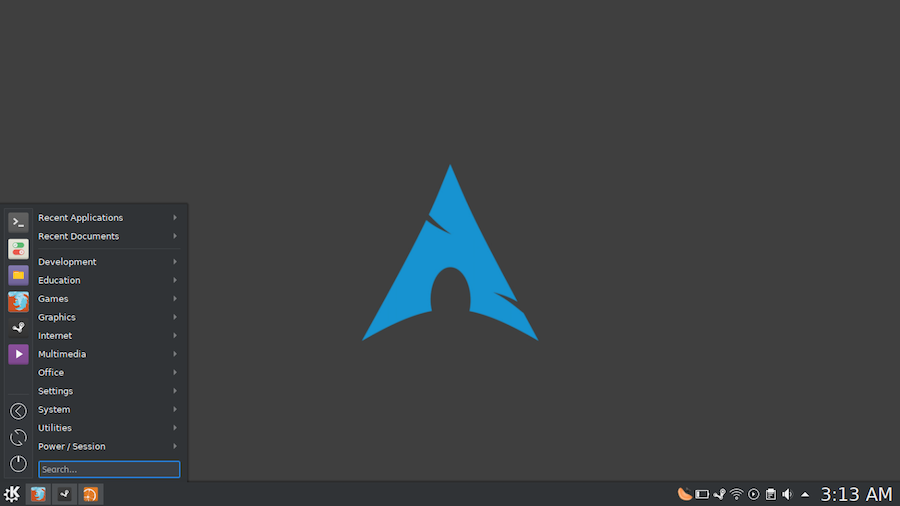
Unlike HTML, CSS is not a programming language. It is not a marking language, it is a stylization language. This means it allows you to apply styles to elements in HTML documents selectively. For example, to select all the paragraph elements in an HTML page and convert the text inside them into red, you will write this CSS code: p { color: red; } Let’s try: Insert these three lines of CSS...








